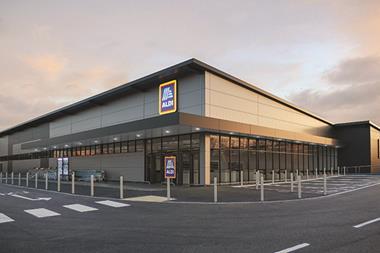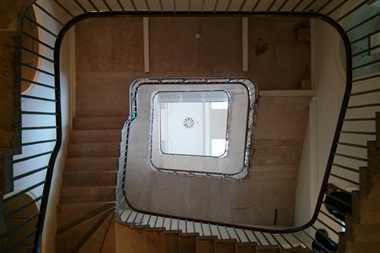Department stores are having to get creative. Store sales are under pressure because of the shift to online retail, the rise of Amazon and our increasing preference for spending money on experiences rather than things.

Just look at the share price of Debenhams - down about 20% so far this year - to see the damage these trends are inflicting.
One solution is simply to shut stores that are underperforming. But this is not always as easy to do as it sounds because a lot of stores are tied into long-term leases. BHS’s demise can partly be blamed on its enthusiasm for signing long leases years ago and today, agents say House of Fraser looks particularly exposed.
Department stores therefore have to think of new ways to use up excess space and attract customers to their shops. John Lewis has been particularly creative in this regard. Its new Birmingham store at Grand Central has its own spa and elsewhere it has brought in popular cafés and restaurants such as Benugo and Comptoir Libanais.

Adding flexible office space to its stores is another example of innovative thinking from John Lewis. Whether the idea has legs remains to be seen. Carving off parts of a store for flexible workspace wouldn’t drive footfall in the same way that introducing a hospitality brand does and it remains unclear how the office space would be separated off.
That said, John Lewis should be given credit for thinking outside the box.
Shake it up
Department stores are not the only ones trying to think of new ways to use up excess space. If short of ideas, they could take a lesson or two from Britain’s biggest supermarket chains, which have come up with a number of innovative solutions in recent years to fill space they no longer need in their largest stores.
Tesco’s acquisitions of the Giraffe restaurant chain and Harris + Hoole coffee shops haven’t worked out - but Britain’s biggest grocer appears to be enjoying more success opening up concessions for other major retail brands such as the Arcadia fashion chains.
These deals are generating substantial rental income, as well as giving customers more reasons to visit. Sainsbury’s is also benefiting from extra footfall and sales as a result of putting Argos units in its stores and the deals it has struck up with gym groups to take space on mezzanine floors. As one agent points out, having lots of hungry people coming out of the gyms can only be good for food sales.
Not every idea will work out, but department stores and supermarket chains alike have to innovate in order to survive and thrive.
It can be done. Other retailers have successfully adapted to new market realities. Just look at WHSmith. The CDs and videos it used to sell are obsolete and bricks-and-mortar sales of many of its other traditional staples like books and stationary are in long-term decline. And yet the share price has tripled during the past five years. Why? Because the retailer wasn’t afraid to shake up its product range and store estate.






























No comments yet